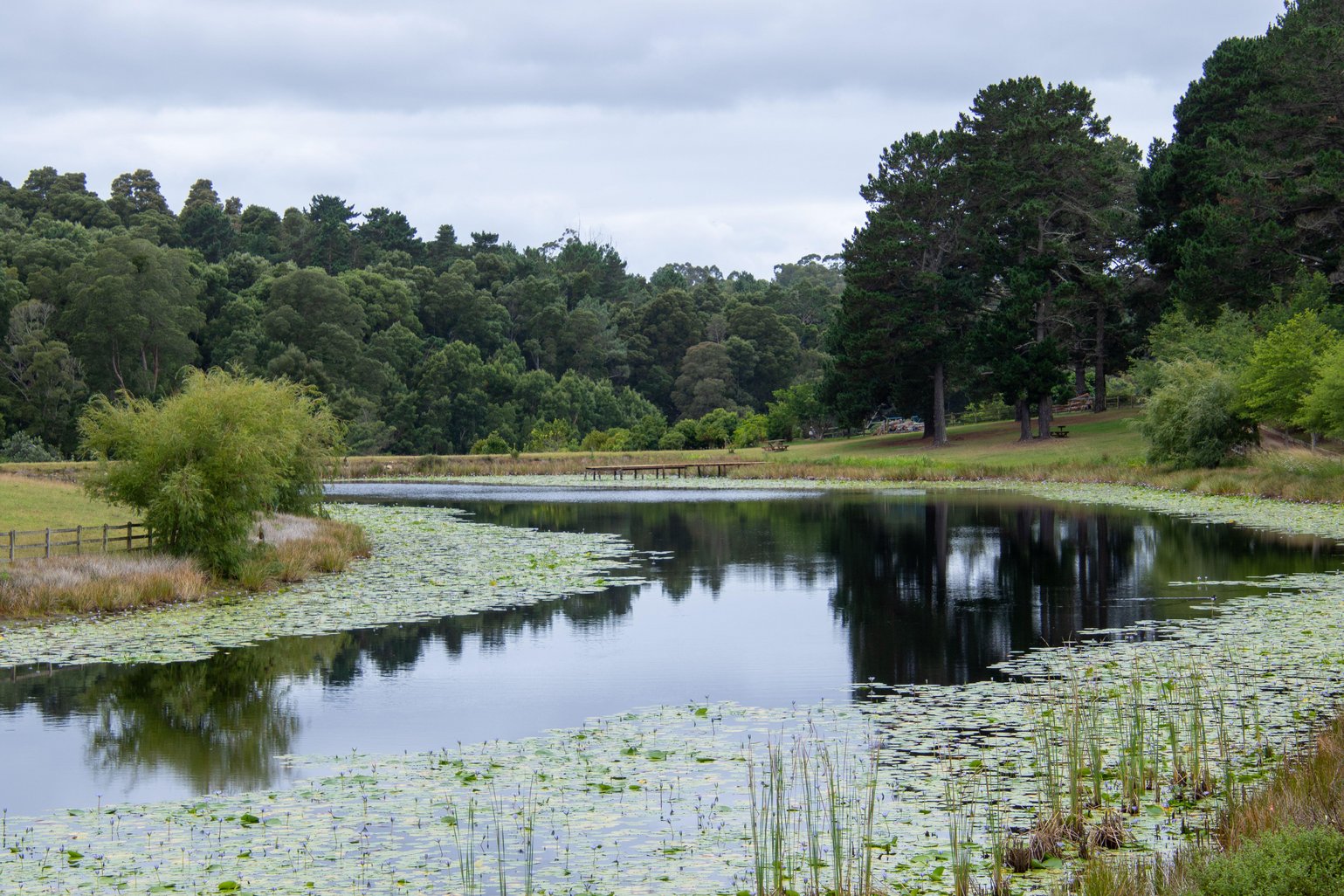
Pond Construction Permitting
The laws and regulations governing construction of a pond are very complex, and extremely site specific. What permitting is required, or if no permitting is required, depends whether the pond is a recreational pond or agricultural pond. It is a common misconception that “farm ponds” are exempt from all permitting. This statement is generally correct, but any agricultural exemption must be proven and documented by developing a water budget for the proposed pond in support of its agricultural exemption. For purely recreational ponds, permitting requirements will be very site specific, for example if impoundment of state waters is involved, what type of state waters, the amount of land disturbance involved in constructing the pond, etc. Ponds may require no permitting at all, or they may require several different state and federal permits.
Agricultural vs. Recreational Ponds
Agricultural Ponds: Often, there’s a misconception that ponds used for agricultural purposes, commonly referred to as “farm ponds,” are exempt from all permitting requirements. While it’s true that agricultural ponds may qualify for certain exemptions, these are not automatic. To qualify for an agricultural exemption, it must be demonstrated that the pond will be used for a legitimate agricultural purpose. This typically involves developing a water budget for the proposed pond, which substantiates its use in agricultural activities such as irrigation, livestock watering, or aquaculture.
Recreational Ponds: For ponds intended for recreational use, the permitting requirements are usually more stringent and vary greatly depending on the site. Factors that influence the need for permits include whether the pond will impound state waters, the type of water body being affected (e.g., streams, wetlands, lakes), and the extent of land disturbance required to construct the pond.
Navigating the Permitting Process
Given the complexity and site-specific nature of pond construction regulations, it’s advisable to consult with environmental experts or agencies early in the planning process. These professionals can help navigate the intricate web of regulations and permits, ensuring legal compliance and the protection of environmental resources. They can conduct necessary assessments, prepare documentation, and guide the project through the permitting process.
In summary, the construction of a pond, whether for agricultural or recreational purposes, can be a complex endeavor requiring careful consideration of various environmental regulations and permitting requirements. The specific permits needed depend on numerous factors, including the pond’s purpose, location, size, and potential environmental impact.
Frequently Asked Questions
If you have additional questions reach out and a team member will get in touch with you.
The need for a permit to construct a pond depends on various factors, including the pond’s purpose (agricultural or recreational), the type of water body being impounded, the extent of land disturbance, and specific state and federal regulations. It’s essential to assess these factors to determine the necessary permits.
While it’s a common belief that “farm ponds” are exempt from all permitting, this isn’t always the case. Agricultural exemptions often require proof and documentation. The first question is does the activity meet the legal definition of “agriculture”? This sometimes isn’t a clearcut answer, and people tend to error thinking something is agriculture when in fact it fails to meet that legal definition. For example, animals kept primarily as pets or for personal recreation (i.e. riding horse). If the activity is indeed agriculture, the next question is what size pond is required to support that specific agricultural activity? In the case of stream buffer variances, the required documentation will likely include a water budget to document the necessity of a certain size pond to support the specific agricultural activity.
If wetland characteristics are identified, the wetland’s boundaries are marked with stakes or flagging. These boundaries are then surveyed and mapped, and a Wetland Delineation Report is created. This report includes a summary of the site, scientific data, wetland rating, and a detailed map showing both the wetland areas and any proposed developments, along with their buffers.
A water budget is a detailed analysis using accepted practices that accounts for the type and quantity of an agricultural activity. For example, the type of livestock and how many head. Or, the type of crop and how many acres in production. The needs of the activity are then compared to the storage of the proposed pond. A water budget is crucial for proving the agricultural necessity of a pond, which can be a key factor for certain exemptions from permitting requirements.
You may need to consult with environmental experts or local regulatory agencies to determine if your pond project impacts state waters. This typically involves an assessment of the water source for the pond and its connection to existing water bodies. We can help with that! Give us a call to discuss your pond project!
Constructing a pond without required permits can lead to legal penalties, including fines, orders for pond removal, or restoration of the disturbed area. It’s crucial to obtain all necessary permits before beginning construction.

